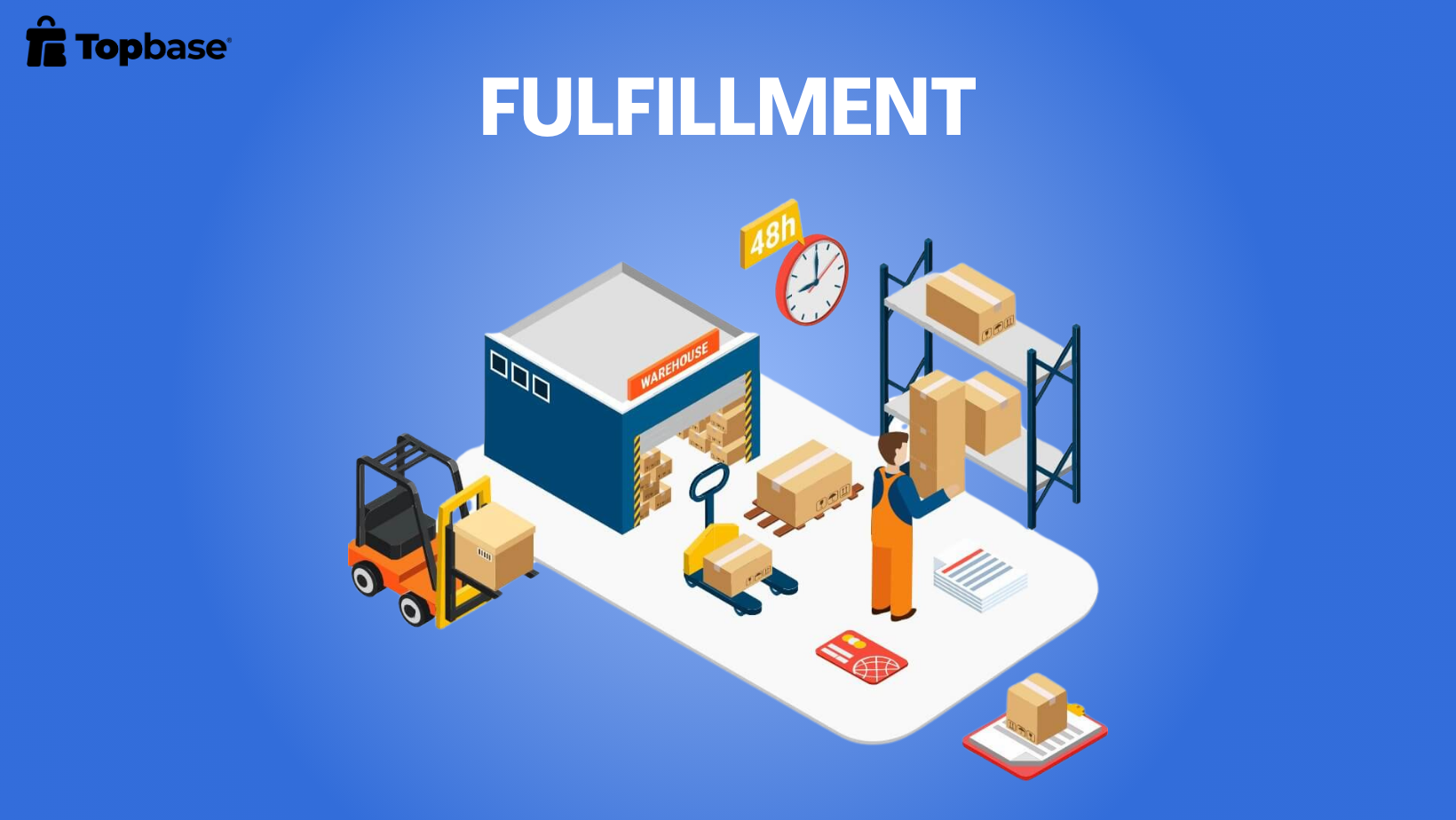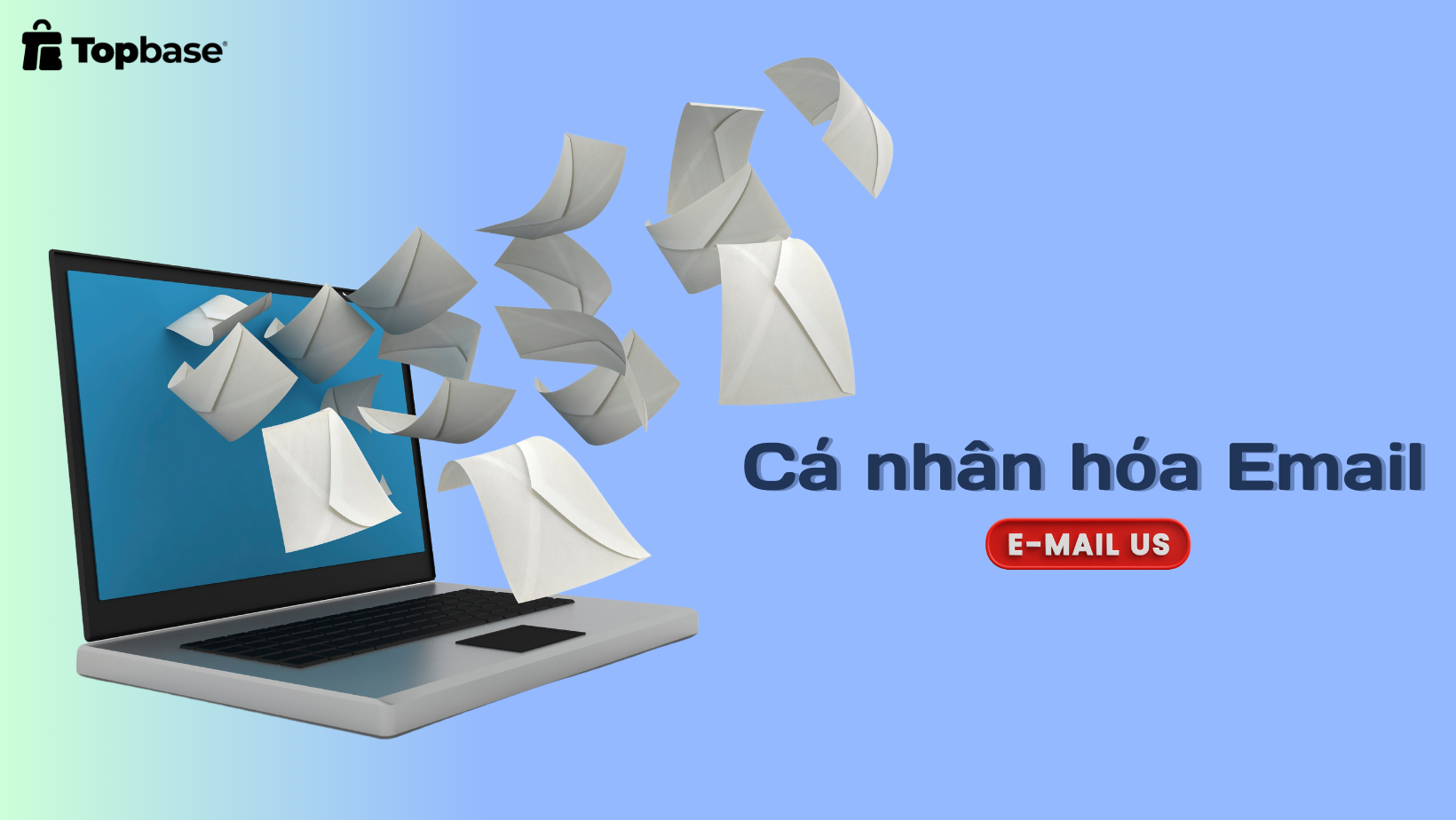
Direct selling is simply the process of conducting buying and selling transactions through a third party, where the seller doesn’t hold inventory but transfers orders and shipping directly from the third party to the customer. While this method brings numerous advantages, it also comes with its drawbacks.
Pros of Substitute Shipping
- Easy Start:
- Getting started is straightforward and requires minimal preparation.
- No high-tech skills are necessary.
- No need for advanced technological skills.
- No Inventory Management:
- Eliminates warehouse maintenance costs and expenses related to storing inventory.
- Wide Product Selection:
- Ability to choose from a broader range of products due to no investment in inventory.
- High Profitability:
- Saves storage and inventory management costs, increasing profit potential.
- You don’t have to buy in large quantities, so you won’t have excess inventory to push later.
Cons of Direct Selling
- Lack of Basic Knowledge:
- Requires patience, perseverance, and resource investment, especially when building a website.
- High Product Shipping Costs:
- Substitute shipping products tend to have high costs, affecting customer purchasing decisions.
- Delivery Delays:
- Requires special attention to shipping speed to avoid delays and loss of customer trust.
In conclusion, direct selling remains a growing business model, especially with the rise of e-commerce. However, commitment and effort are required to overcome challenges and develop a sustainable business.




